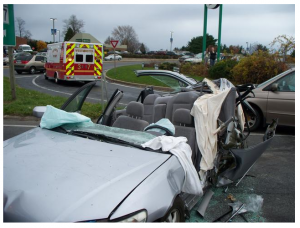 Do a search for auto accident lawyers, and you’ll find a ton of us—really, it’s like law schools were designed to pump out personal injury lawyers with the speed of widget-making machine. Most of them have one thing in common—something that has always bugged me. They call it an automobile “accident.” I’m guilty of it—it’s hard to avoid that alliterative phrase.
Do a search for auto accident lawyers, and you’ll find a ton of us—really, it’s like law schools were designed to pump out personal injury lawyers with the speed of widget-making machine. Most of them have one thing in common—something that has always bugged me. They call it an automobile “accident.” I’m guilty of it—it’s hard to avoid that alliterative phrase.
Here’s the thing: the word accident somehow makes it sound forgivable. In the religious or moral sense, that’s fine. But in the legal sense, just because someone hurts someone else because of a mistake, it doesn’t absolve them of having to make up for it. Sometimes we all fall back on the accident jargon, but better word is, simply, collision. The flip side of the “accident” coin is a phrase that I do like: personal responsibility.
If I do something wrong, I have to make up for it. That’s how I was raised. That’s how I try to raise my three kids. That’s how we should all act. Insurance makes this easy—if I cause a collision, I pay insurance so my insurance company can help those people that I hurt. It might affect me a bit—a modest increase in my insurance premiums. However, it makes me feel much better to know that, whatever injury I caused, I can somehow remedy the situation, through my insurance company.
 Maryland Car Accident Lawyer Blog
Maryland Car Accident Lawyer Blog


 It’s a simple word, credibility. Basically, it means a person’s believability. A person may not be credible because he has a history of lying, or because what he says doesn’t make sense when taken with other more believable facts.
It’s a simple word, credibility. Basically, it means a person’s believability. A person may not be credible because he has a history of lying, or because what he says doesn’t make sense when taken with other more believable facts. 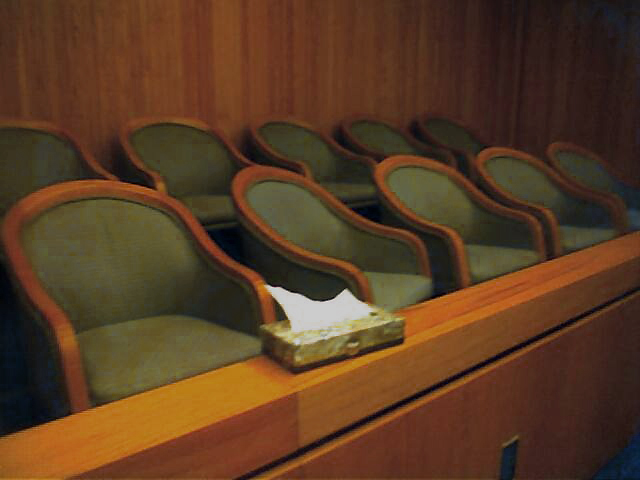 We just finished a three day trial in the Baltimore City Circuit Court. It was a simple enough case in the beginning–we represented two clients who were injured when they were t-boned on Christmas day as they drove down to Our Daily Bread to help feed the homeless. Liability was disputed (meaning that the other driver’s insurance company believed our driver was at fault). Our clients had reasonable enough medical treatment, so we filed in the District Court for $30,000.00.
We just finished a three day trial in the Baltimore City Circuit Court. It was a simple enough case in the beginning–we represented two clients who were injured when they were t-boned on Christmas day as they drove down to Our Daily Bread to help feed the homeless. Liability was disputed (meaning that the other driver’s insurance company believed our driver was at fault). Our clients had reasonable enough medical treatment, so we filed in the District Court for $30,000.00. 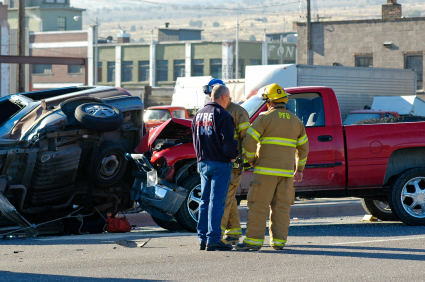 An automobile accident can turn your life upside down. There’s so much to do–find reliable transportation, get to the doctor, deal with insurance companies, and survive missed work. The easiest way to know if you have a claim is to consult with a lawyer–don’t let the insurance company convince you that you have a claim (they are, after all, looking out for their own best interests).
An automobile accident can turn your life upside down. There’s so much to do–find reliable transportation, get to the doctor, deal with insurance companies, and survive missed work. The easiest way to know if you have a claim is to consult with a lawyer–don’t let the insurance company convince you that you have a claim (they are, after all, looking out for their own best interests). 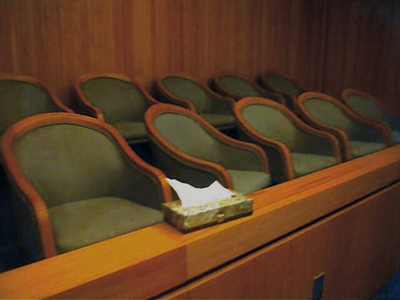 So your lawyer made a claim to the insurance company, and the case didn’t settle. Cases don’t settle for several reasons, including:
So your lawyer made a claim to the insurance company, and the case didn’t settle. Cases don’t settle for several reasons, including: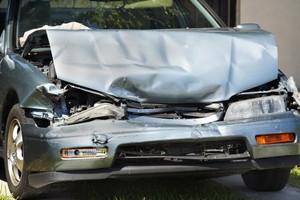
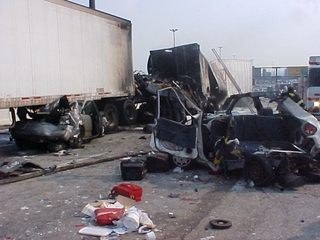
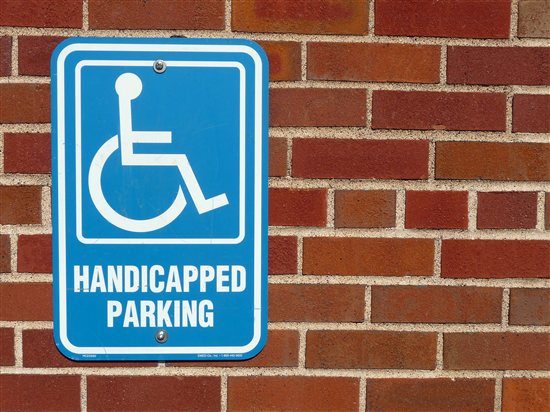 Permanent injuries take all forms, including traumatic brain injury (TBI), limited function of limbs, or severe organ damage. What they all have in common is that they significantly affect lifestyle and activities of daily living. Permanent injuries may require lifetime treatment and medication. In some situations, however, there is nothing medically to be done after the victim has reached maximum medical improvement.
Permanent injuries take all forms, including traumatic brain injury (TBI), limited function of limbs, or severe organ damage. What they all have in common is that they significantly affect lifestyle and activities of daily living. Permanent injuries may require lifetime treatment and medication. In some situations, however, there is nothing medically to be done after the victim has reached maximum medical improvement.